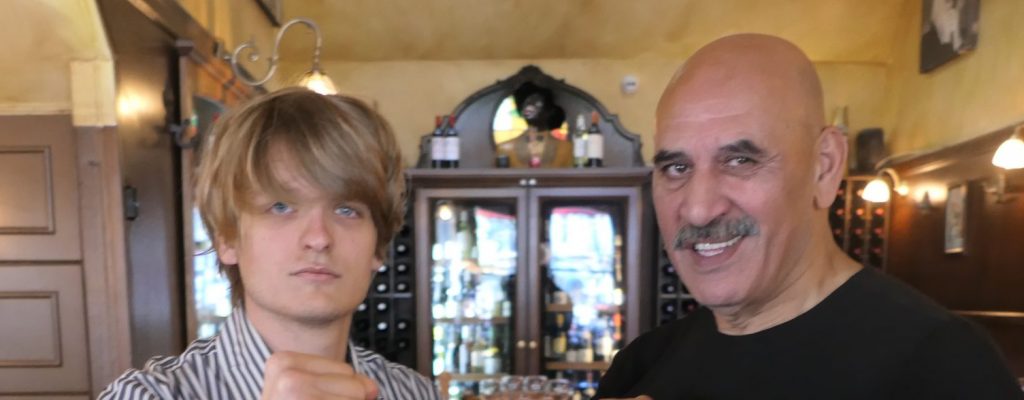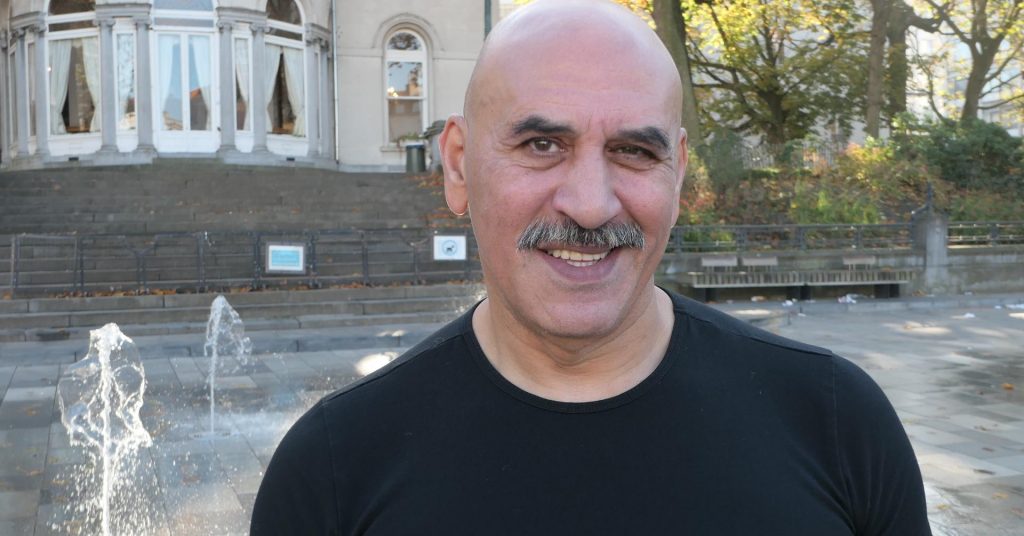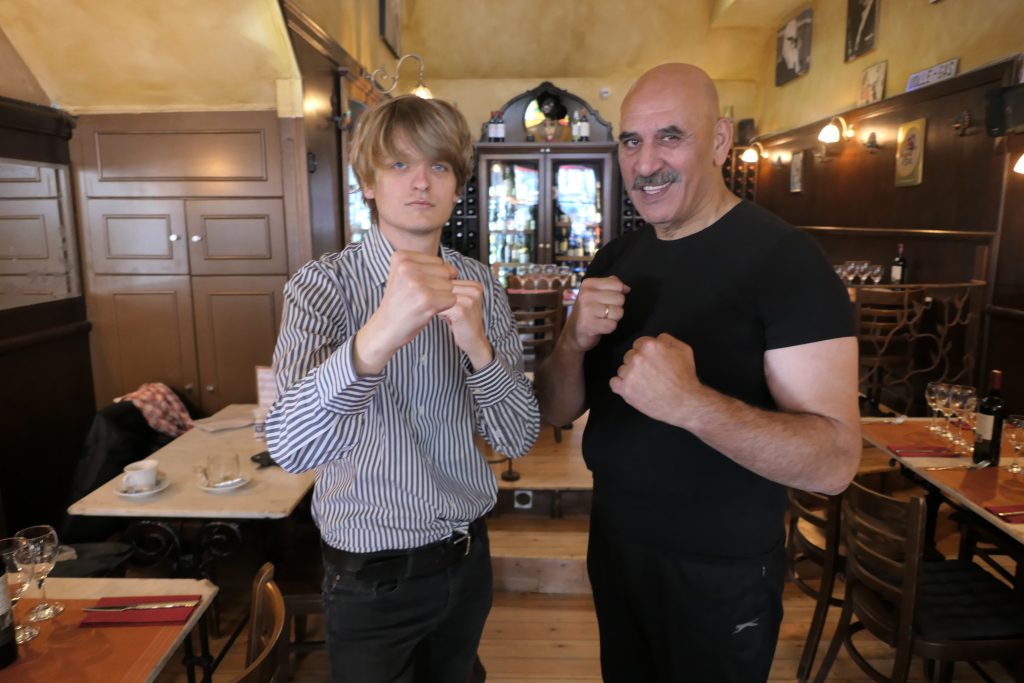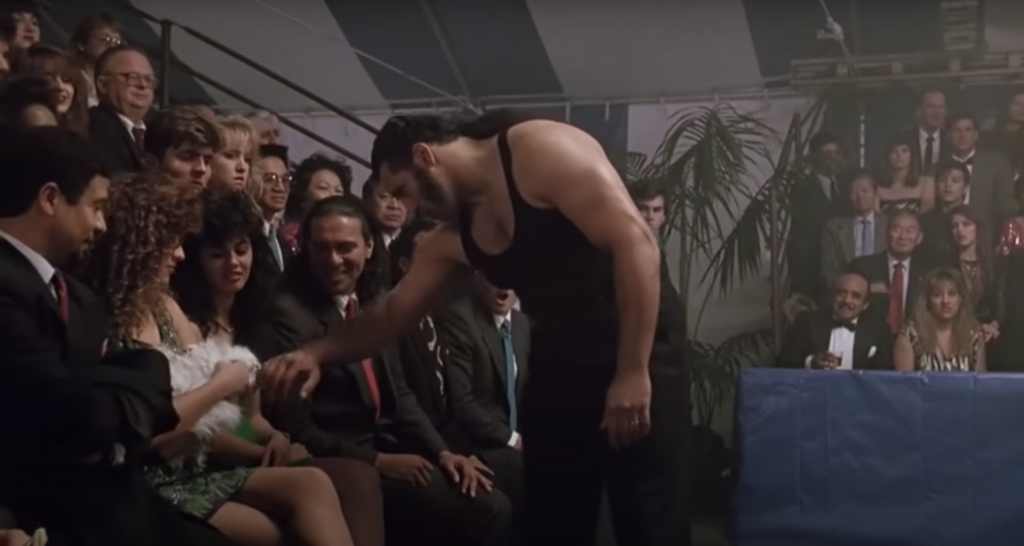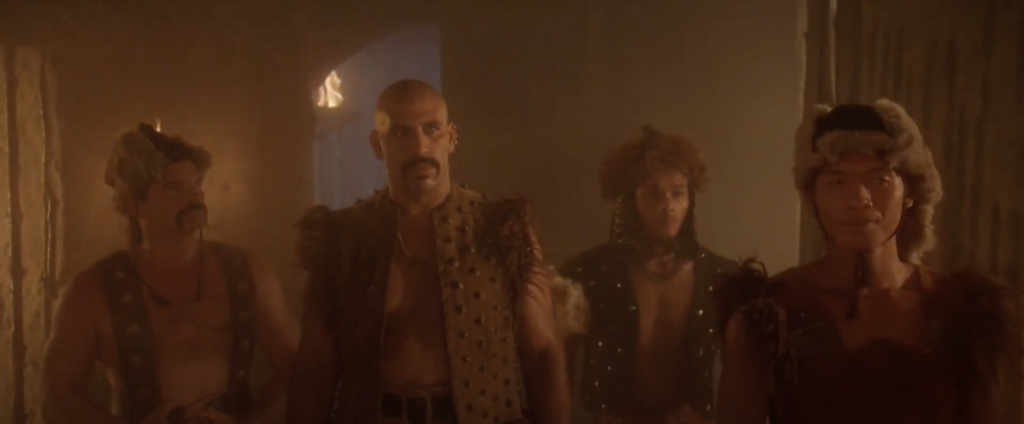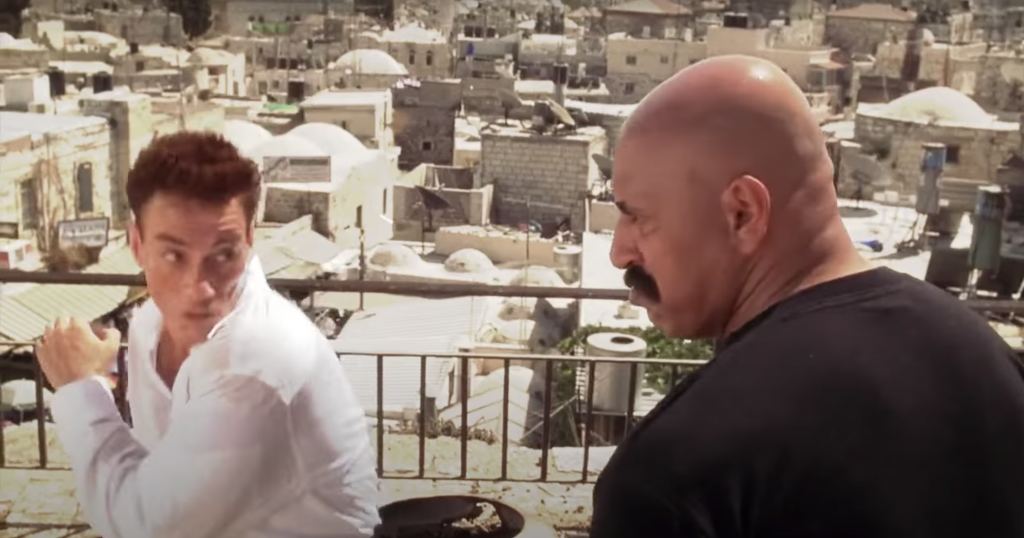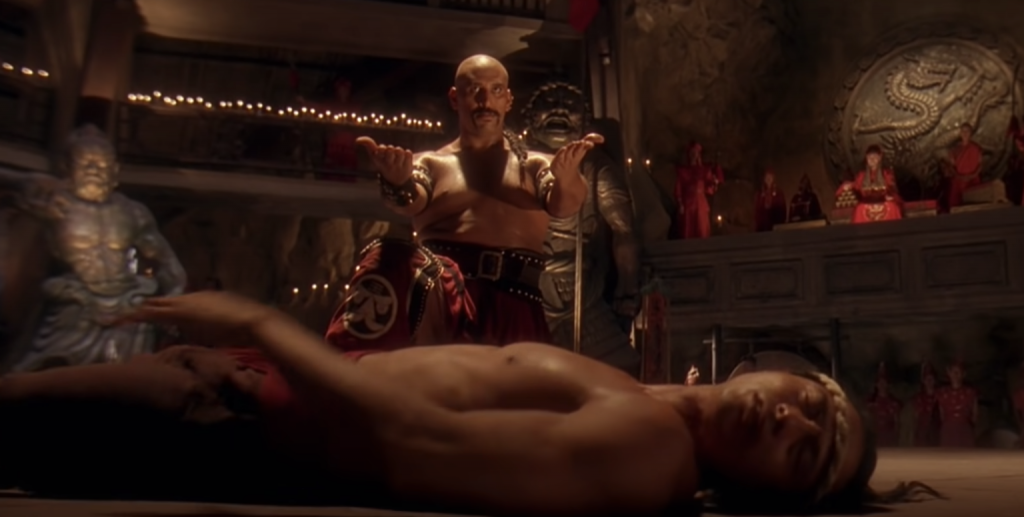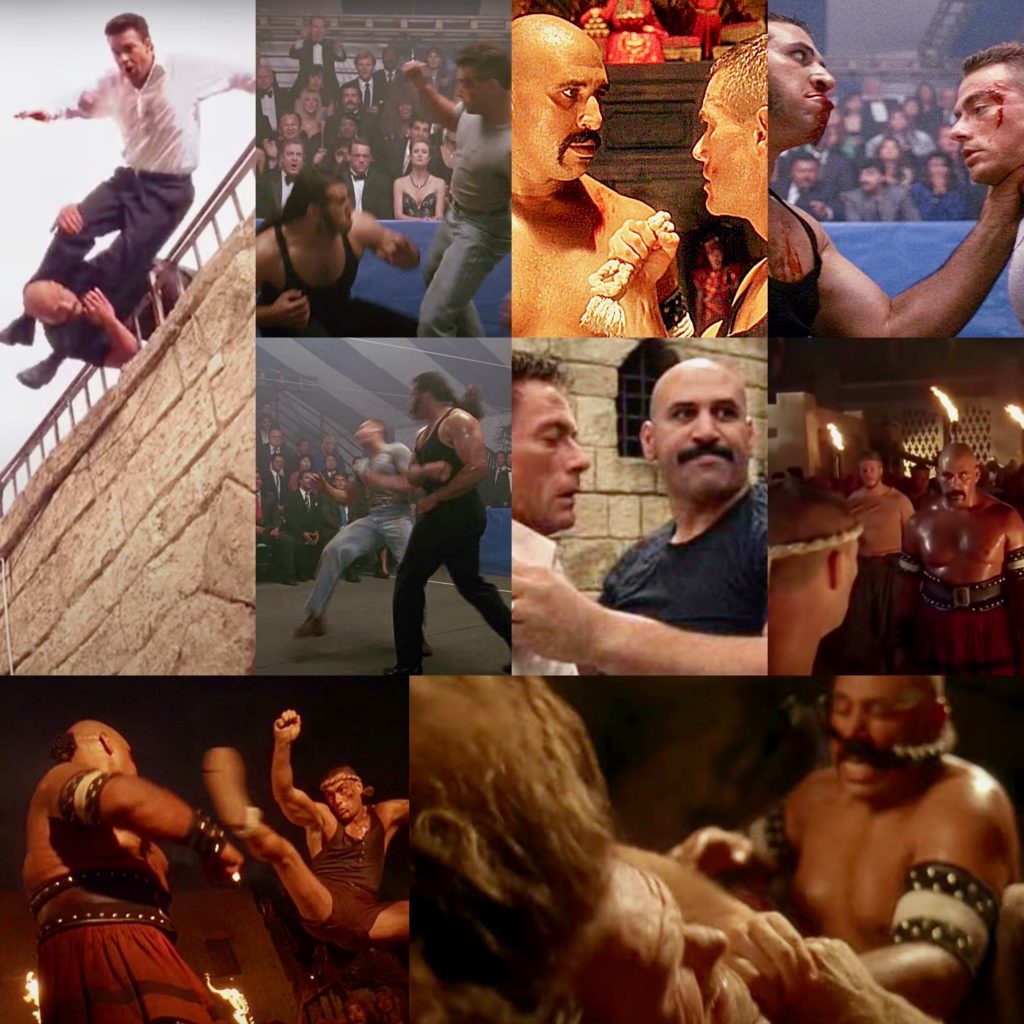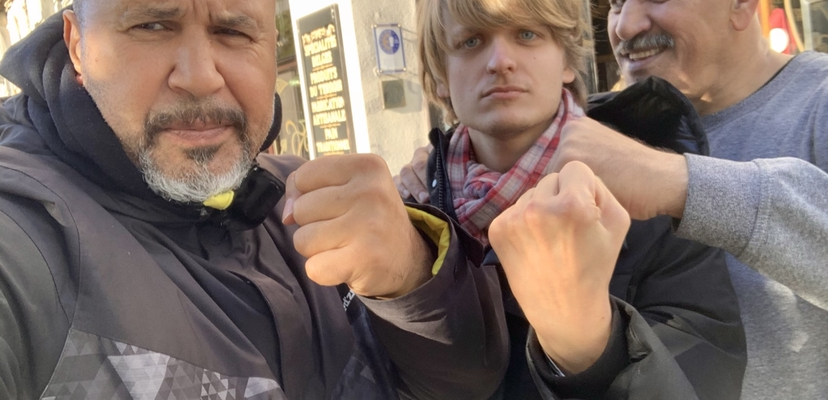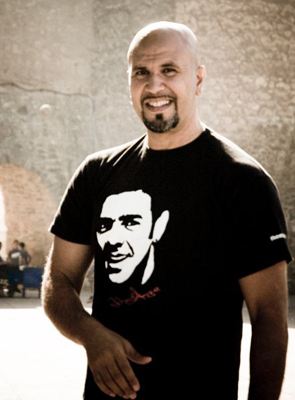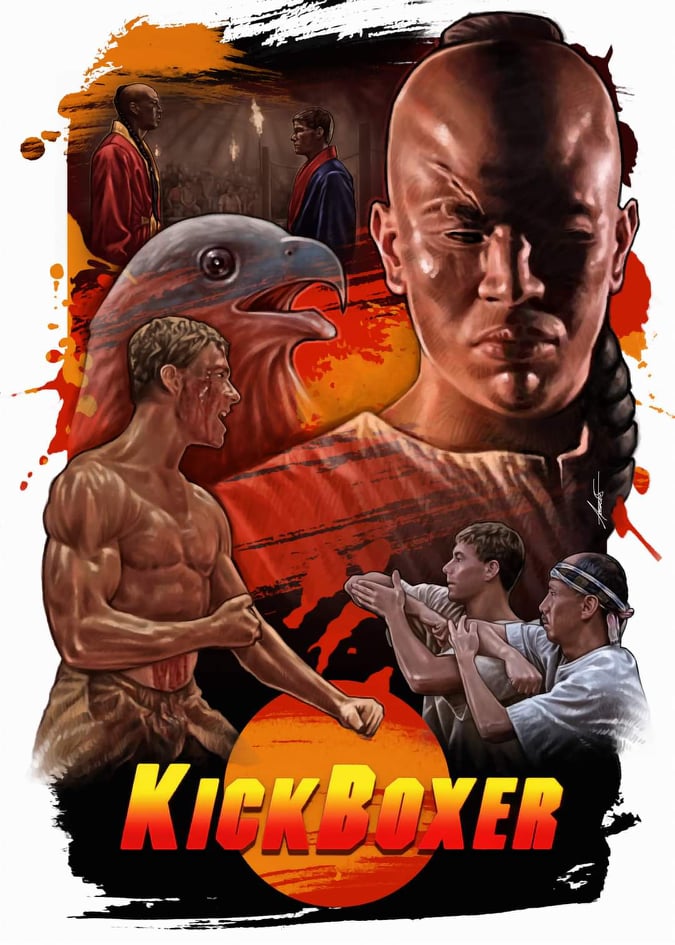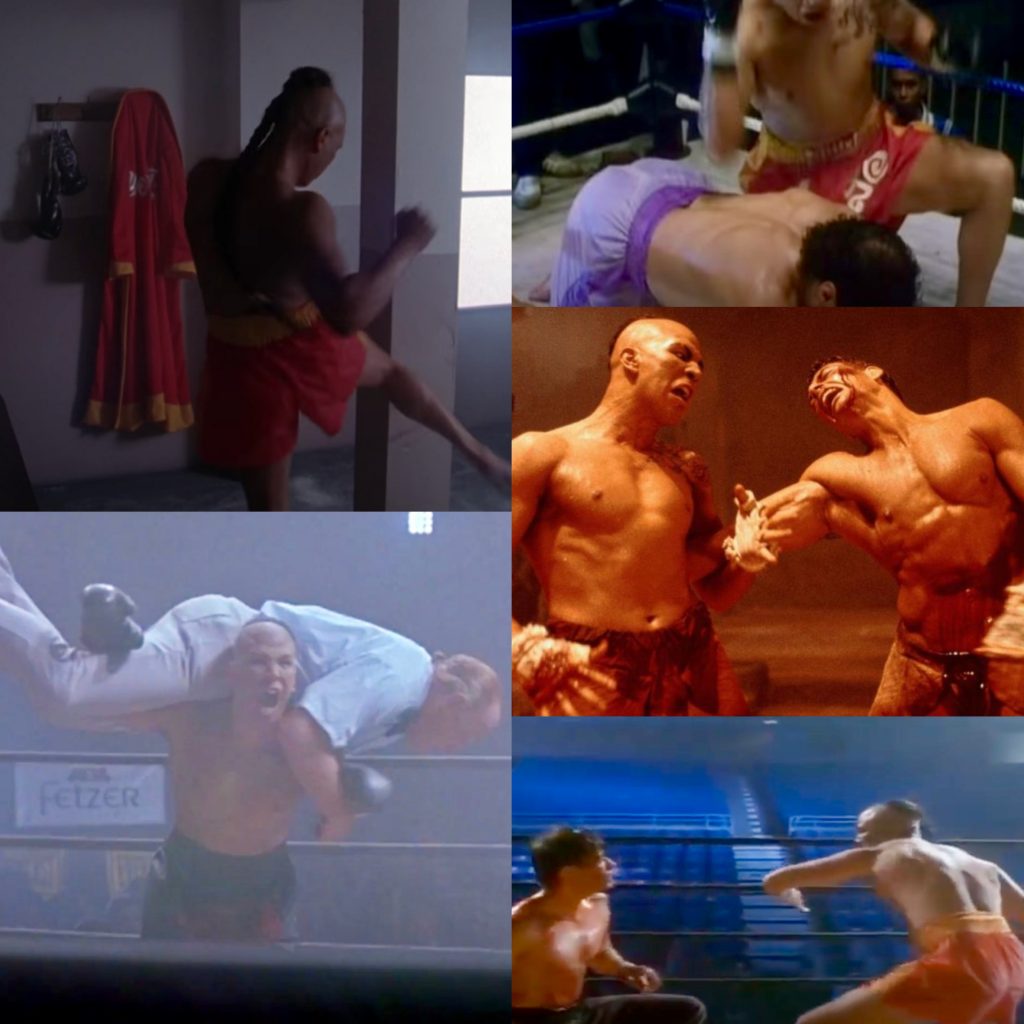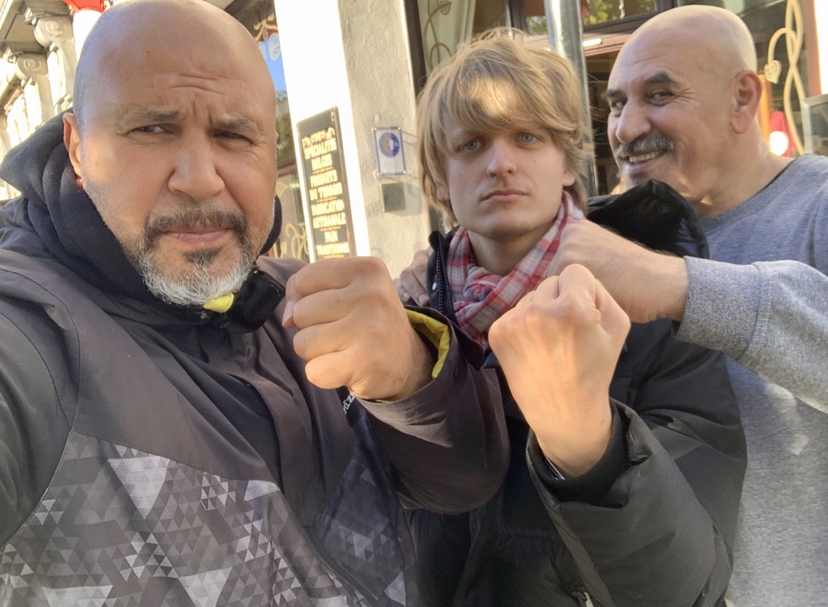
Active as a music producer and songwriter in the 2000s, Sean David Lowe performed with Mariah Carey, Beyoncé, and Rihanna during his musical career. In 2023, Lowe produced The Last Kumite with Wayne Graves, an old school martial arts movie that features eminent names in the genre — Mohammed “Michel” Qissi, Abdelkrim Qissi, Matthias Hues, Cynthia Rothrock, Kurt McKinney, and Billy Blanks. In 2025, he produced a documentary on No Retreat, No Surrender; he is currently pre-producing Lion Fist.
Grégoire Canlorbe: As a former music producer who switched to movie production, do you believe the art of visualizing, producing action sequences stands as a logical continuation to the art of imagining, setting up videoclips?
Sean David Lowe: I think it helps if you are a creative person, but not every music producer can make the transition to film and vice versa. It was a big step for me, and even though I have a couple of films under my belt, I am sure I will retire soon from feature films.
Grégoire Canlorbe: While the world of independent movie is full of projects that, sooner or later, end up collapsing, The Last Kumite is a rarity: an independent movie that actually managed to be funded, completed, and distributed. To what do you attribute that success?
Sean David Lowe: It was a lot of hard work. But I honestly have to say that me and my co-producer Wayne Graves didn’t listen to our health at that time. It was a hard lesson. On the one side we wanted to make the fans happy, and create something special for them, but we also have families that need healthy parents. However, without the fans who had supported the film we never would have been able to finish this project.
Grégoire Canlorbe: No valuable achievement, it seems, comes without occasioning some enmity or jealousy. Did you experience it yourself?
Sean David Lowe: Yes, unfortunately the movie industry is a very selfish industry. Jealousy, egos, lies etc. However, I am grateful that I have also met good people that I now consider friends. But it’s a tough world in this game…
Grégoire Canlorbe: The iconic, hipped fight between Matthias Hues & Billy Blanks is, certainly, a climactic moment in The Last Kumite. What can you let us know about the wings of that scene?
Sean David Lowe: It was such a pleasure an honor to see both going at it. It was so hot outside, and we did not have a lot of time to shoot it. But both guys gave their all. It was just awesome to know that they would have the end fight. I can only say good things about both of them.
Grégoire Canlorbe: You had the Qissi brothers act as opposite characters—a detective versus an associate to the rogue fight promoter. How did it feel to collaborate with those two legends?
Sean David Lowe: Again, this was a true pleasure. Both of them are so kind hearted. I still talk to them to this day, and even see them every once in a while. They are a good family. I loved Abdel’s performance. He really impressed me.
Grégoire Canlorbe: You’ve been having a fruitful, regular collaboration with Kurt McKinney, whom, after The Last Kumite, you’re collaborating with again on The Untold Story of No Retreat, No Surrender, as well as on Lion Fist. Can one speak of it as an authentic professional bromance?
Sean David Lowe: Kurt and I became close friends over the years, and I truly enjoy working with him. He is a great actor and because he had disappeared out of the public eye I felt that there are more stories to be told. The documentary The Untold story of No retreat No surrender will be out 2026. It turned out beautiful.
Grégoire Canlorbe: Thank you for your time. Would you like to add a few words?
Sean Davis Lowe: Thanks for having me.
That conversation was originally published on BulletProof Action, in September 2025


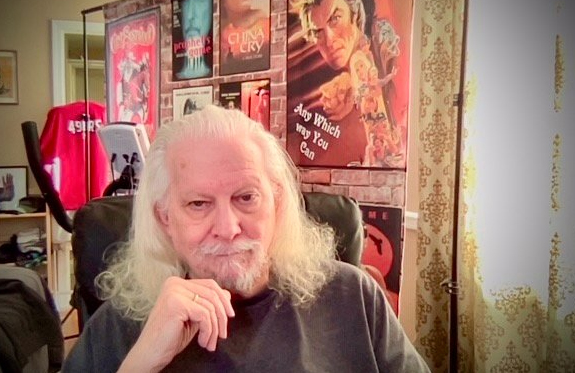
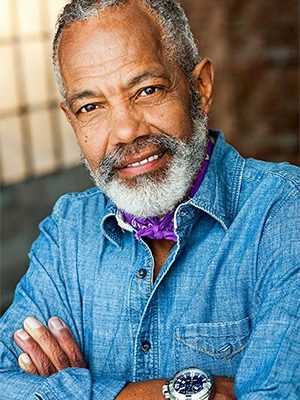
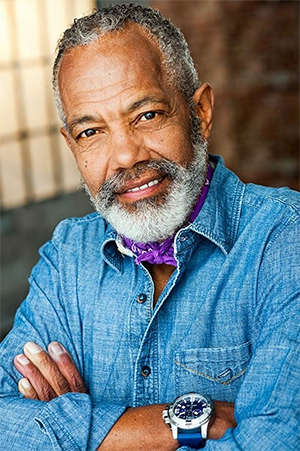
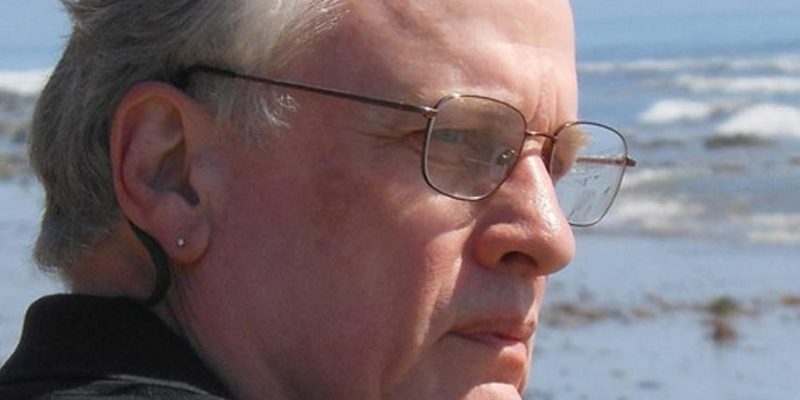
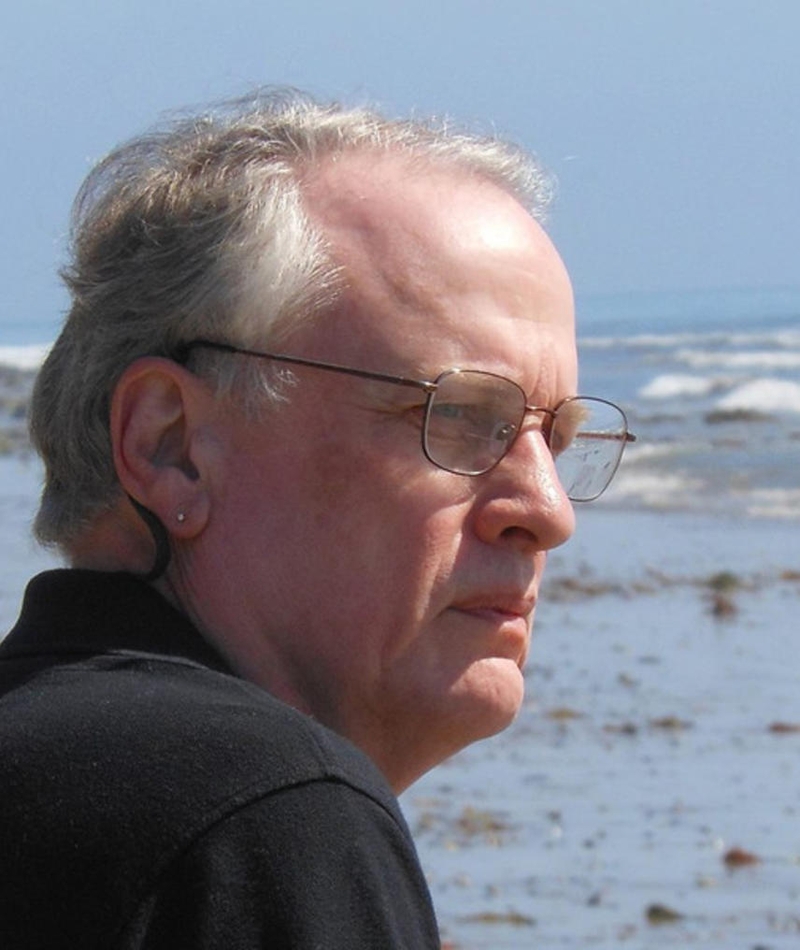 Paul Hertzog is an American film-composer. He notably composed the soundtracks for two Jean-Claude Van Damme movies, Bloodsport and Kickboxer.
Paul Hertzog is an American film-composer. He notably composed the soundtracks for two Jean-Claude Van Damme movies, Bloodsport and Kickboxer.